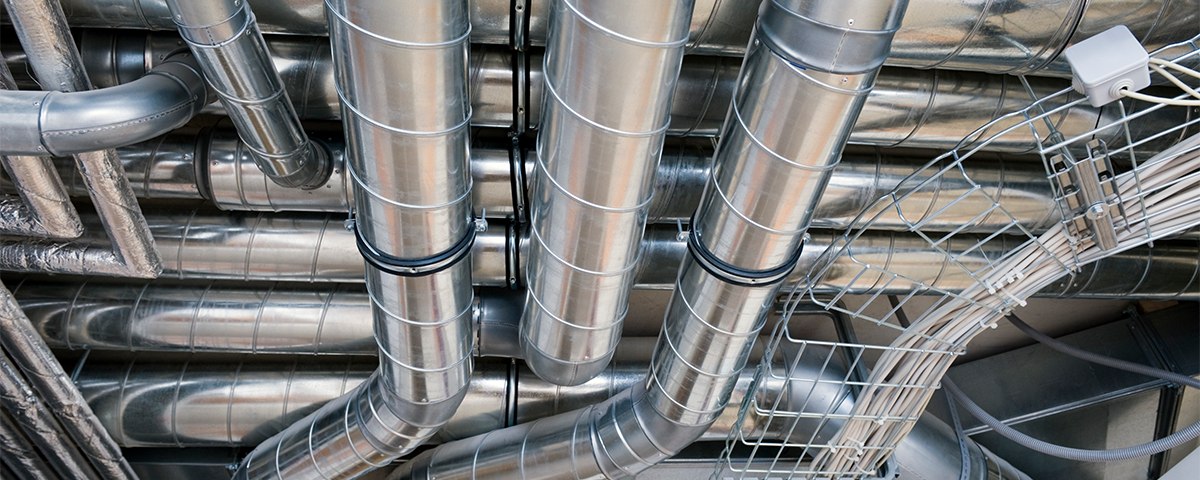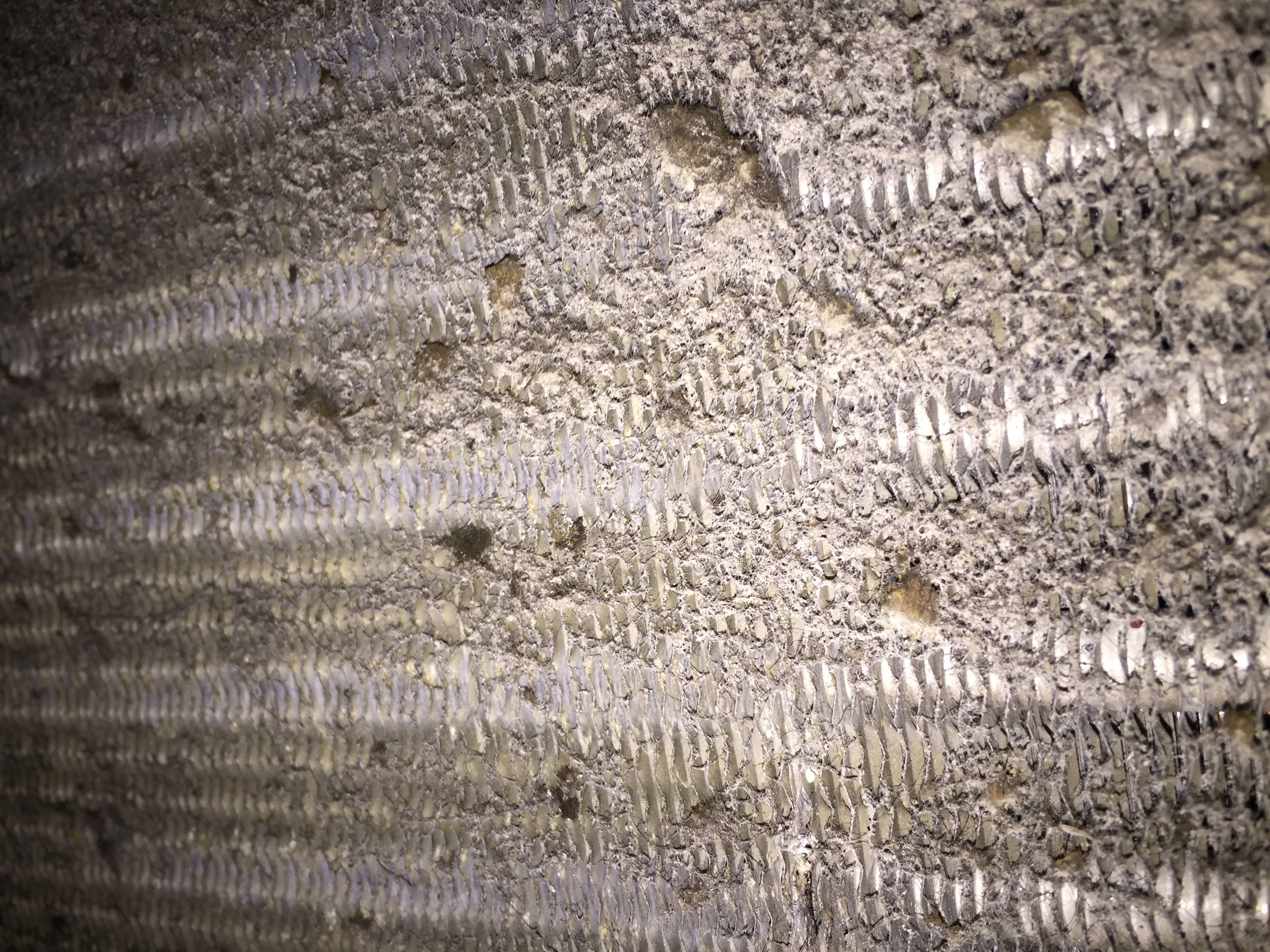How To Save On Costly Air Duct Cleaning

Air duct cleaning can be a tricky maintenance activity. When performed correctly, it has the potential to improve HVAC performance and indoor air quality. On the other hand, a poor cleaning procedure may worsen existing problems. In general, you should only clean your air ducts if there are valid reasons, and not as part of routine maintenance.
Main Sources of Duct Dirt
Some dust accumulation is normal inside air ducts, and cleaning is only recommended when dust starts to become airborne, spreading indoors. The US Environmental Protection Agency has found no significant air quality improvement from cleaning air ducts routinely, and their recommendation is to only clean when needed.
Mold is a completely different story: it grows fast, spreading spores and causing allergies, so it must be cleaned as soon as possible when detected. Just keep in mind that some substances look very similar to mold – a laboratory test is the best way to clear doubts. Professional mold remediation can be expensive, and you have to be 100% sure you’re dealing with mold before proceeding.
Insects and rodents also require quick action, since they reproduce fast and release animal dander, not to mention that they may carry diseases. Rodents may also die inside the duct system, spreading a foul odor indoors.
Signs Your Air Ducts May Need Cleaning
If there are visible particles coming out of air ducts, you should definitely get the installation checked. However, do not immediately assume that the air ducts themselves are dirty. Consider that diffusers and grilles may also accumulate dust – a few clogged diffusers can give the impression that the entire duct system is polluted.
If air heating or cooling coils are covered with a dust layer, it causes additional resistance to heat transfer. This reduces both heating and cooling efficiency, driving up energy expenses as HVAC equipment needs more power to deliver the same effect.

Extreme case of dirty evaporator coils.
If mold or other types of fungi are present, your building has excessive humidity in the air. Mold will simply grow back if you clean it without addressing humidity, since spores are very resilient and found everywhere. Mold growth can be cleaned effectively from metallic ducts, but not from fiberglass and insulation due to their porous nature – if these materials are affected by mold, they must be replaced.
Importance of Working with a Qualified Contractor
Air duct cleaning solves some problems, but can also cause others if work is not performed carefully. The following are some common problem areas that contractors must watch when cleaning air ducts:
- Heating and cooling coils have metallic fins to increase heat transfer area, which are very thin and vulnerable to physical damage. Although dust accumulation reduces their effectiveness, they can bend during cleaning if the contractor is not careful. Damaged fins disrupt airflow just like dust-covered fins, if not more.
- Air duct segments may loosen when handled, and this draws in unconditioned air from surrounding crawlspaces. In this case, air quality suffers even if the ducts are now clean.
- Contractors must clean dust without disturbing it; if a large amount of dust becomes airborne, it will reach indoor spaces. Mold requires even more caution because it releases spores when disturbed. Small patches are not normally an issue, but you need to contact a mold remediation company in case of severe infestation.

Example of mold infestation that requires immediate professional action.
Your contractor will inspect air ducts before proceeding with the cleaning service, but keep in mind that most duct segments are out of sight. Ask for photographic evidence of any issues reported, and get laboratory tests if you find a substance that resembles mold.
Perform a background check of the contractor even before the air duct inspection; you will want to work with a company that gives you an unbiased assessment, which includes pointing out the air duct sections that do not require cleaning.
When your air ducts are inspected and cleaned, there is a chance that your contractor may detect building elements that contain asbestos. If necessary, asbestos remediation should be approached as a separate project, requiring a specially-qualified contractor. This is more likely in older properties, since modern construction codes have banned asbestos in the US and in most countries.
A trustable air duct cleaning company should tell you which sections DO NOT need cleaning.
Clean Your Air Duct…Only If Required
Approaching air duct cleaning as part of routine maintenance is not recommended, since the process is complex and requires skilled labor. The US Environmental Protection Agency only recommends air duct cleaning if considered necessary after a professional inspection. Immediate action is only required when serious issues like mold or vermin are detected– these can spread without control in a short time.
In cases where air duct cleaning is necessary, choosing a qualified contractor is very important. A careless procedure can damage HVAC equipment, leading to additional issues instead of improving performance.
If you need to improve the air quality in your building, while preserving the lifespan of your HVAC equipment, reducing investment and energy bills, we can help you. Learn how here.